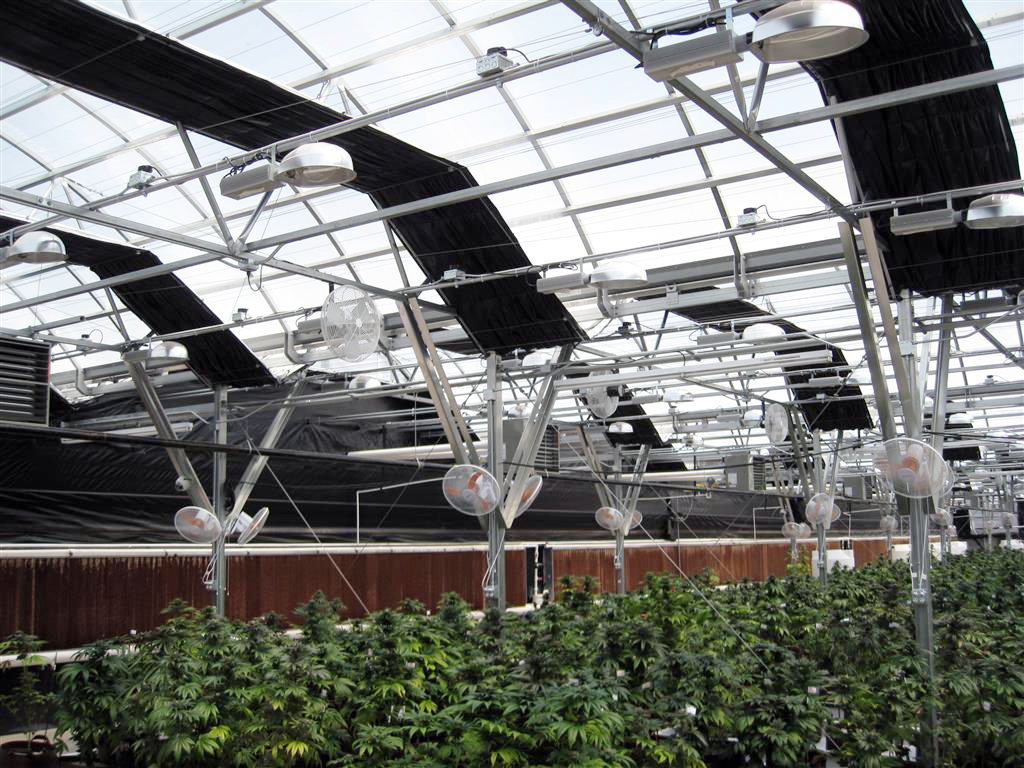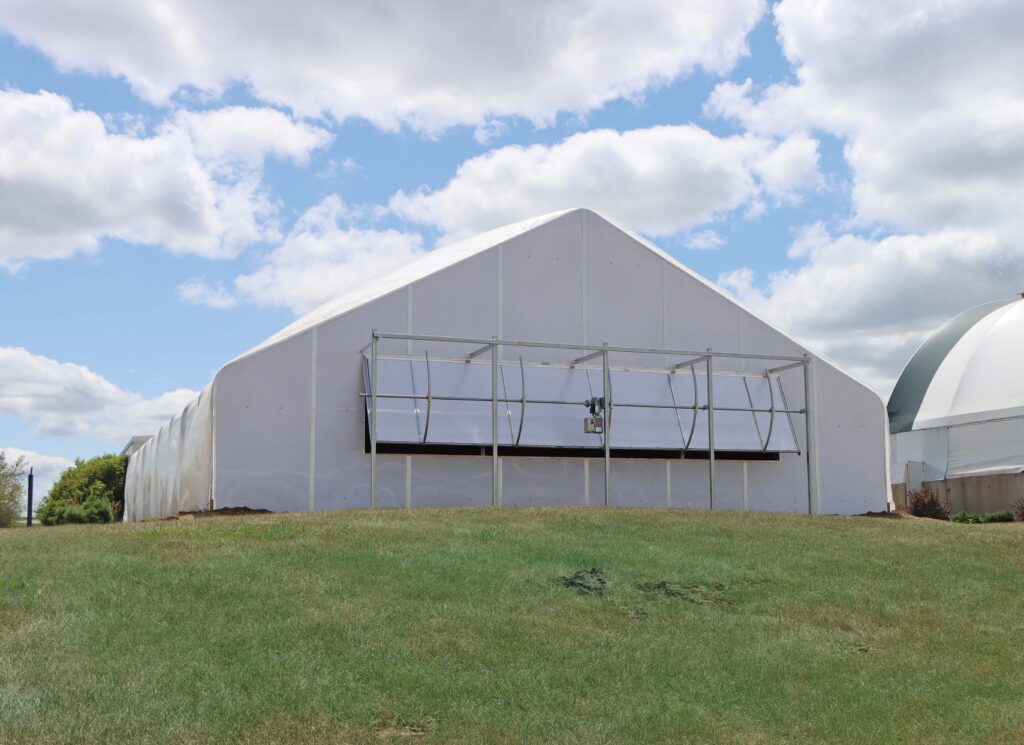Advancements In Light Dep: Ditch The Old Light Deprivation Tarp
Light deprivation greenhouses have quickly become the standard for cannabis production throughout the country. Light dep is a cost-effective growing technique that allows growers to get the most out of their growing space, greatly enhancing cannabis yields and allowing them to harvest throughout the year.
Utilizing light deprivation techniques also allows growers to better meet the needs of the market. While dispensaries can run low on sun-grown cannabis later in the year, those manipulating the light cycle can fill this void and become more prominent in their regional market.
Cannabis won’t flower if it’s getting more than twelve hours of light per day. During vegetative growth, the plants require more light. Black out light deprivation becomes essential to producing quality plants when the days become longer.
Depending on the type of operation, manipulating the light cycle can be labor intensive and expensive. However, to maintain or create a thriving cannabis operation, light deprivation is essential.
Luckily, in today’s technological world, light deprivation is easier than it has ever been. No longer is a team needed to haul a light deprivation tarp around a growing space and to pull shade material over growing structures. Now, greenhouses can come outfitted with automated systems that cover plants with darkness when necessary, and just as easily provide light when required.
Utilizing one of these automated systems allows growers to save money on lighting costs, because they depend on the sun’s natural light, while also cutting labor costs. An automated light dep greenhouse has quickly become essential for any operation looking to maximize its profits.
The Basics of Light Deprivation
During vegetative growth, cannabis plants are bombarded with light. The light allows them to grow at rapid rates, and during this time they can grow as much as two inches a day.
But how does the absence of light affect the plant?
In the wild, cannabis plants begin to flower as the days shorten at the end of summer and beginning of fall. It’s important for growers to recognize that during this time the plant is responding to the longer periods of darkness, not the shortened periods of light.

The plant requires 12 hours of darkness each day to flower, and because it is responding to the dark, it is essential to provide plants with 12 hours of uninterrupted darkness. If a plant is introduced to light at the wrong time, its flowering process will be disrupted. At times, flowering may even be reversed.
Once the light dep cycle is implemented, the plants will begin to react within a few days, and the growth rate will decline. During the flowering process, indica plants can grow 25 percent larger, while sativa plants may double in size. The plants’ gender will become apparent in a few weeks – usually by week three. Male plants will become taller, while female plants will grow shorter and sturdier.
As the effects of darkness start to promote flowering, growers will notice that stigmas will appear. This coincides with rapid flower growth, and the plant is on its way to providing the sought-after buds. The stigmas will shoot out and appear to make up most of the flower. Flower development will then begin to slow, and the stigmas will dry out and darken.
Now the trichomes will start to present themselves and become more clear to the grower. They’ll fill with resin and become thicker. The plants will start to get their distinctive aroma, and eventually the trichomes will appear to be standing. At this point, the bud is ready to be processed.
All of this is possible because of darkness. As a result of this biological process, light deprivation is an essential part of cultivating cannabis year-round.
Light Deprivation With GrowSpan
GrowSpan is every cannabis grower’s destination. With a number of blackout materials to choose from, as well as structures dedicated to superior, streamlined cannabis production, every grower can ensure total light deprivation in their greenhouse operation.
The Ridder Black Out Screen is a popular option, because of its ability to provide 99.9% light deprivation. When growers use this blackout curtain, they can save energy by as much 74%, dramatically decreasing their utility costs. The material is also flame retardant and comprised of three-layer construction that greatly enhances tear resistance.
GrowSpan also offers 8mm Twin-Wall Light Deprivation Polycarbonate, which combines the quality and durability of polycarbonate with the light dep ability of traditional black out material. These are heavy duty sheets of high strength that promote better cannabis growth in multiple ways. The white outer layer reflects sunlight, and the black interior optimizes growing efficiency, improving insulation and completely blocking light transmission.

For cannabis growers who need a structure that’s designed for cannabis production, GrowSpan’s S750 Commercial Greenhouse offers the ideal solution. This greenhouse is outfitted with a fully automated, cable-driven system that simplifies light deprivation. Growers can cast their grow space into darkness with ease, gaining complete photoperiod control and increasing their profitability.
Easier access to light cycle control has made greenhouses a sustainable and successful setting for cannabis operations. By implementing automated light dep, growers gain the precision control that indoor growers enjoy, while benefitting from the energy savings of sun-grown cannabis.

